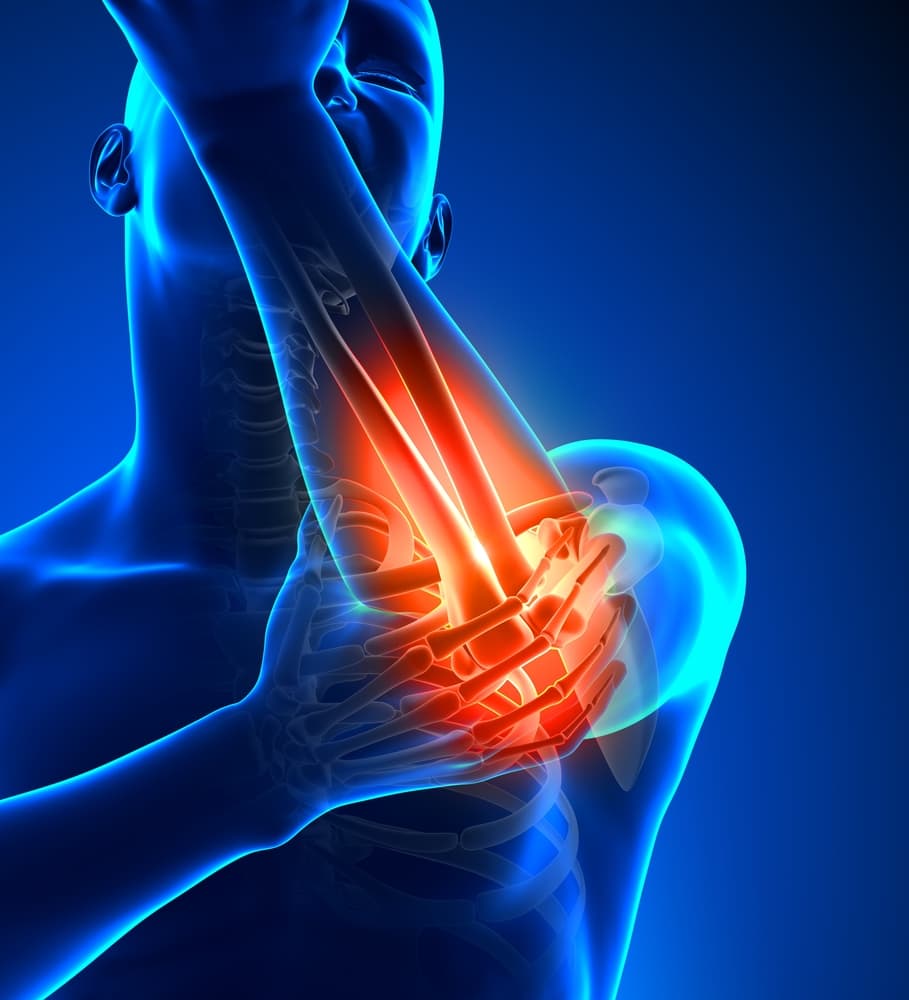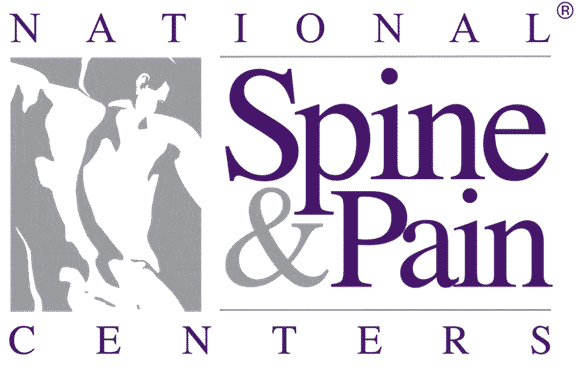Oct 5, 2017 | Journal Studies, Research
We often get asked if there are any adverse effects to our stem cell procedures. Like with any medical procedures, there are risks however, we take the utmost precautions to minimize these risks such as careful consideration for sterility and multiple patient identifiers for each personalized sample. Since we are using a patient’s own platelets and stem cells, the risk for adverse reactions are extremely low.
Research Findings
According to a research paper where Dr. Christopher Centeno from Regenexx in Colorado collaborated on, 325 out of 3,012 had reported an adverse reaction. The majority of these reactions were described as post-procedural pain, and pain due to progressive degenerative joint disease. While the post procedural pain is common, pain from joint disease can be expected for patients with severe osteoarthritis. Stem cells, while powerful, are unable to fully halt the progression of arthritis; it simply slows it down. These results were obtained through surveys performed at intervals of 1, 3, 6, and 12 months, and then annually post treatment. Patients were sent automated emails with questions pertaining to pain levels, function, and general health. So while there are a few adverse events, there are no recorded incidences where the stem cell treatment caused any cases of neoplasm, which is an abnormal tissue growth that is a characteristic of cancer.
Yes, there are risks just like there are with any medical procedure, however, the rates of adverse reactions are low compared to the number of procedures performed. Our physicians and staff at StemCell ARTS take the highest precautions to ensure that your treatment with us will be in line with the standard and proven Regenexx protocol.
Aug 10, 2017 | Hip, Journal Studies, Knee, Research, Stem Cell Procedures
One of the main questions that we get asked, is if our procedures are able to help those who have been recommended by their physician to receive a total joint replacement, and the answer is yes! Many people are afraid of the complications and hardware that accompany surgical procedures, which is understandable. We see many patients who are still experiencing pain after their total joint replacement.
Studies on Post-Surgical Pain
In a peer-reviewed journal published in 2011, researchers surveyed 632 total knee (TKR) and total hip replacement (THR) patients. 44% of total knee and 27% of total hip replacement patients reported experiencing pain (of any severity) months to years after their procedure.; with 15% of TKR and 6% of THR patients experiencing severe to extreme, persistent pain. Major depression, and referred pain in other body parts was found to be common in patients with severe pain. Total joint replacements are not small medical procedures, so while it is common for some patients to feel some pain, more persistent and severe pain can occur in others and affect mood and other body parts.
StemCell ARTS Solution
At StemCell ARTS, we are able to provide patients with minimally invasive alternatives to surgery. We are seeing more patients actively trying to avoid total joint replacements, and we hope that we can help! Our stem cell and platelet procedures contain powerful growth factors to help heal sprains, tears, and slow down the progression of arthritis. Make our appointment with us today, to see if you are a good candidate to avoid surgery!

Aug 11, 2016 | Articles by Body Part, Elbow, Journal Studies, Procedure Outcomes, PRP, Regenerative Treatments, Research
A condition commonly known as “Tennis Elbow”, lateral epicondylitis develops as a result of overuse of the muscles in the forearm. Simple daily activities such as repeated lifting, twisting or gripping can cause inflammation of the tendons and occasionally result in a series of small tears, generating significant pain.
The elbow joint is comprised of three bones joining the upper arm with the lower forearm. This joint is supported by surrounding muscles, tendons and ligaments. As the inflammation increases, the pain can become severe and limit daily activities. Traditionally, to combat the pain, patients turn to over-the-counter anti-inflammatories or corticosteroid injections. While these measures may temporarily reduce the pain, they can also slow down the healing process. As the body’s ability to heal the area becomes inhibited, the inflammation can no longer be reduced, resulting in chronic elbow pain.
New regenerative treatments use a patient’s biological material to heal lateral epicondylitis. A recent study has found that patients suffering from elbow pain reported a significantly larger improvement in pain following a PRP injection, as opposed to a cortisone injection. Following the Regenexx PRP protocol, whole blood is drawn from the patient and isolated in the onsite lab; removing all of the contaminating red and white cells. From there, the platelets are concentrated and injected into the joint where the growth factors attract repair cells to the site of injury and start the healing process. Usually, within 2-3 sessions, patients experience an improvement in pain and function. Patients are able to return to normal activity without undergoing invasive surgery.
Click here to access the article
Apr 4, 2013 | Elbow, Journal Studies, PRP, Research, Staff Articles
Commentary on Platelet Rich Plasma, Stem Cells and Regenerative Medicine
84% of patients with chronic tennis elbow who had failed other non-operative treatments were successfully treated using platelet-rich plasma (PRP) in a large randomized trial. The results were presented at the American Academy of Orthopedic Surgery Meeting in Chicago.
The study was a randomized, double-blind, multi-center controlled trial of 230 patients. Patients received needling of their elbow tendons with and without PRP. At 24 weeks the PRP patients reports a 71.5% improvement in their pain compared to 56.1 in the control group. (P = 0.027) Patients treated with PRP also had less elbow tenderness at each follow up point. (See Graph Below) Overall, 84% of the PRP patients were successfully treated compared to 68.3% of the control group. (P = 0.012)
This is the largest study done to date using PRP. There are now over 340 patients who have been treated with the same system (Biomet GPS PRP) and techniques confirming the value of PRP as a treatment for chronic tennis elbow. Importantly, there is also a decade long experience using PRP with an excellent safety profile. PRP with this newly released data can now be confidently used for chronic tennis elbow patients prior to considering surgical intervention.
Source: http://bit.ly/17f91ZA

